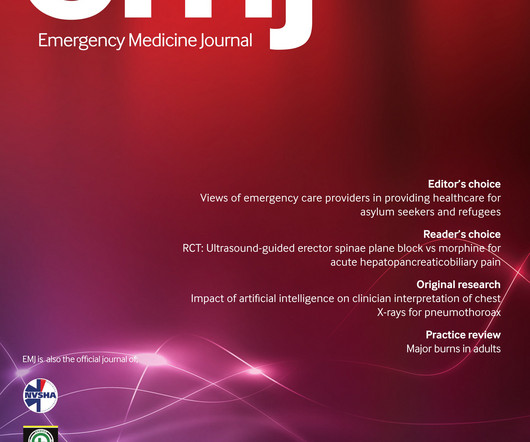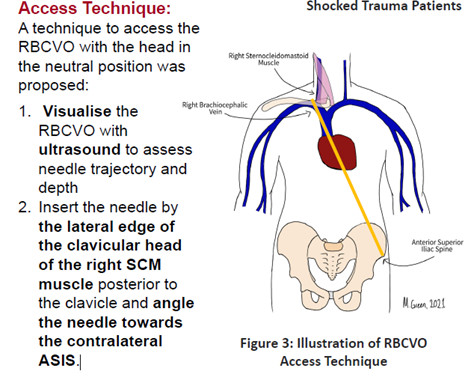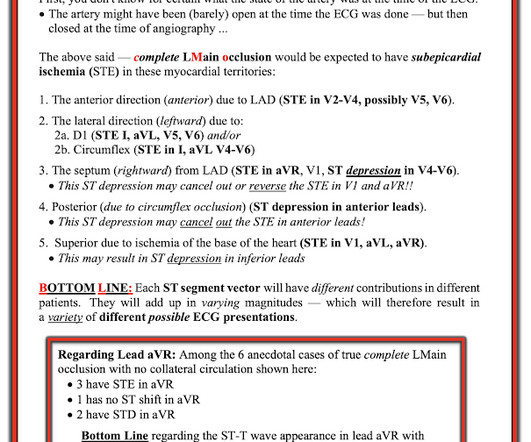A Safety Solution for Emergency Department Staff and Patients
ACEP Now
NOVEMBER 13, 2023
Physicians, nurses, and staff in emergency departments (EDs) across the country have encountered workplace violence for years. 1,2 In a 2018 study by ACEP, nearly half of emergency physicians polled reported a physical assault while at work. References Workplace Violence in Healthcare, 2018. Published 2018.















































Let's personalize your content